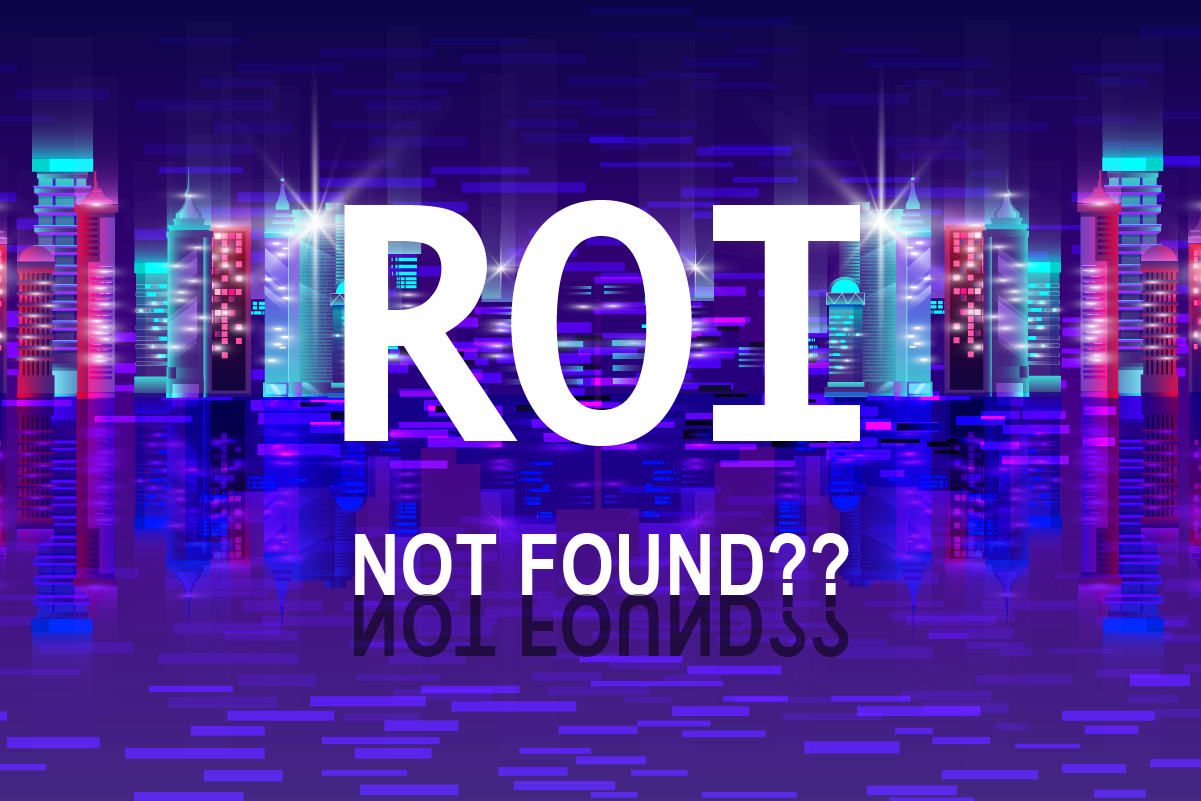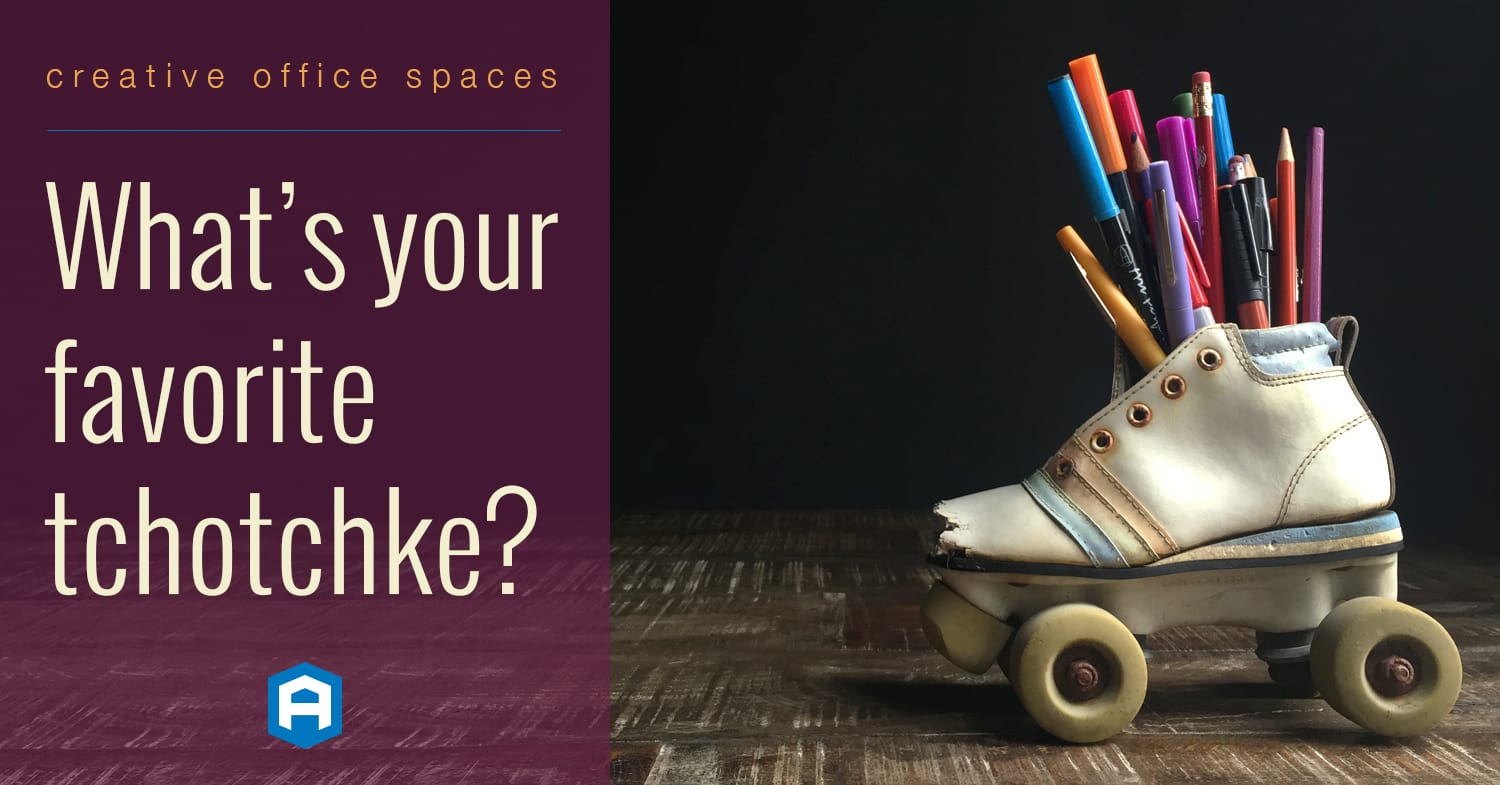93% of Americans eat pizza at least (AT LEAST!) once a month. Search Buzzfeed’s Food section or simply log on to the the popular micro-blogging site, Tumblr, and you will see that pizza is not just a fad-food (I’m looking at you, Nutella). Pizza is not just food, it has a cult following. There’s a magazine called Pizza Today that has 40,010 suscribers. So at this point you get it- people love pizza. I however, do not. I am that 7%. So it might be a little strange for me to say that I’m here at Atomic Design & Consulting as a Social Media Intern partially because of pizza.
Before we get to how pizza and my internship are connected, it’s best we get formal introductions out of the way. My name is Gabriela (Gaby with one ‘B’) Sosa and I am a senior EMAC student at the University of Texas at Dallas. EMAC, despite sounding like an electronic burger, is theEmerging Media and Communication program that works to cultivate concepts across various disciplines including media studies, communication, psychology, art, history, writing, philosophy, and sociology all while learning how to use tools to both create and understand the impact of new media and technology on society. This cross-disciplinary approach to college helped turn my love of social media and branding into something besides what my parents like to call “internet addiction.”
In 2009, Domino’s (formerly Domino’s Pizza) came in last in a consumer taste survey, tied with Chuck E. Cheese. That same year, the company promised to revamp their products and their brand. They did so by letting their customers and the world know that they had failed. Employees from differenet positions at all levels, including their CEO, discussed the need for a new recipe. As a result, Domino’s ran commercials featuring chefs talking about new recipes and products. They created a microsite to accompany their documentary, pizzaturnaround.com with the title: “Did we actually face our critics and reinvent our pizza from the crust up?” followed by “Oh Yes We Did” in large, red type. Most importantly, they engaged customers and critics alike. Subsequently, a second campaign was launched. “Show Us Your Pizza” asking people to share pictures of the Domino’s pizza they asked people to share pictures of the Domino’s pizza they ordered.. Their goal: to be transparent about their product to the public, through images of real customers’ pizzas. Although the campaign has since ended, the did make a promise: to only display and photograph pizzas made by Domino’s pizzas to show that their pizzas are not artificially altered, unlike their competitors assumptively do. Domino’s made sure to continually reply to customers on social media and address issues, showcasing that customer service doesn’t end when the pizza is delivered.
If anything is to be learned from from both campaigns, it is that transparency is important, crucial, and perhaps more valuable than initially believed to be. Domino’s rise in sales following the revamp is a testament to the power of acknowledging pitfalls and what happens when a company listens to their customers, in-person and via social media. I personally followed their campaigns, and to this day still follow them on Twitter.
By now, we know most companies have gone digital and understand that people are more often than not viewing their content on mobile devices. This calls for more content to be created. And I say created, not churned, because running a succesful online campaign is not a matter of slapping a hashtag on a clever phrase or a new product. There are overt ways to mishandle social media, such as being offensive and obscene. However, avoiding mistakes is half the work.
Succesful social media planning goes beyond clever writing in less than 140 characters, it is clever writing that fits in the appropriate digital environment and demonstrates you understand and listen to your customers. Do the research. Understand the implications of anything being posted. Be conscientious (unlike Kenneth Cole in a grossly insensitive tweet pictured below)..
As a teenager in 2009 I didn’t think to myself “wow, I want to work on Domino’s marketing and branding team!” But when I think of rebranding and using social media, my mind jumps to Domino’s, a 54-year-old pizza chain that has decided to not let their product or the way they showcase their product become stagnant. While I do not understand America’s love affair with pizza, I do understand that social media is very much a double-edged sword: using it improperly is not an option. Internet blunders can’t simply be erased. We are told time after time how we have a digital footprint and the same goes for businesses. That tweet can be deleted but not before it is screenshot and shared over and over again.
For the remainder of the summer and my time as a Social Media Intern here at Atomic Design & Consulting, I look forward to sharing more thoughts via blog posts, but if you want to talk more about social media or pizza (maybe not pizza, I just about used all my pizza knowledge here), follow me!
Twitter: @itsgabywith1b
Sources/Attribution:
Pizza photo via ZeroOne on Flickr
Need Specific Help?
Interested in a specific topic? Review the topics below to get the info, news, and tips you need!



















































![HubSpot Partner Day 2019 [Recap] 52 ADC partner day 1200x630 1](https://www.atomicdc.com/wp-content/uploads/2019/09/ADC-partner-day-1200x630-1.jpg)



![30 Awesome HubSpot Tools That Won’t Cost You a Dime [Free Inbound Marketing Tools] 56 30 hubspot tools that won't cost you a dime](https://www.atomicdc.com/wp-content/uploads/2019/06/ADC-30-hubspot-tools.jpg)









































































